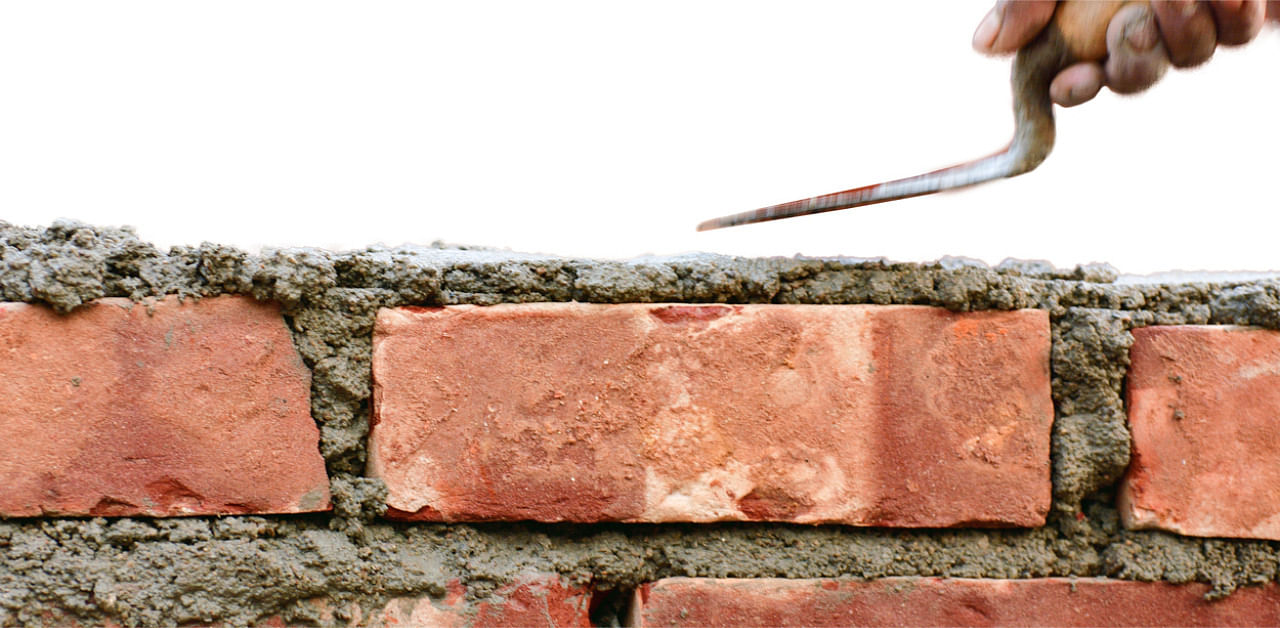
The red pigment of bricks, converted into a plastic compound, can be used to conduct and store electricity, a study published by Nature Communications found.
The pores of the brick are filled with acid vapour that dissolves the iron oxide, which gives the brick its trademark red colour. A reactive form of iron is produced which is followed by passing a sulphur-based gas. The result is a form of plastic (PEDOT) that can conduct electricity.
The porous nature of the common brick gives a high surface area, making it ideal for conducting electricity.
As of yet, a few plastic-coated bricks have been able to power one LED. "Based on our calculations, approximately 60 regular-sized bricks would be able to power emergency lighting for 50 minutes, and they would take 13 minutes to recharge," said Julio M. D'arcy, an assistant professor of Chemistry at the Washington University who was part of the study.
Moreover, a brick wall with a coat of PEDOT can be recharged about 10,000 times before it starts losing its capacity to conduct electricity significantly. This new technology can also function underwater if a coat of epoxy resin is added to the brick wall.
This study will help reuse and upcycle common bricks which have rarely seen any use other than construction purposes, Professor D'arcy said.
He also added that his team is working on ways to boost the amount of electricity the bricks can hold by introducing other semiconductors.